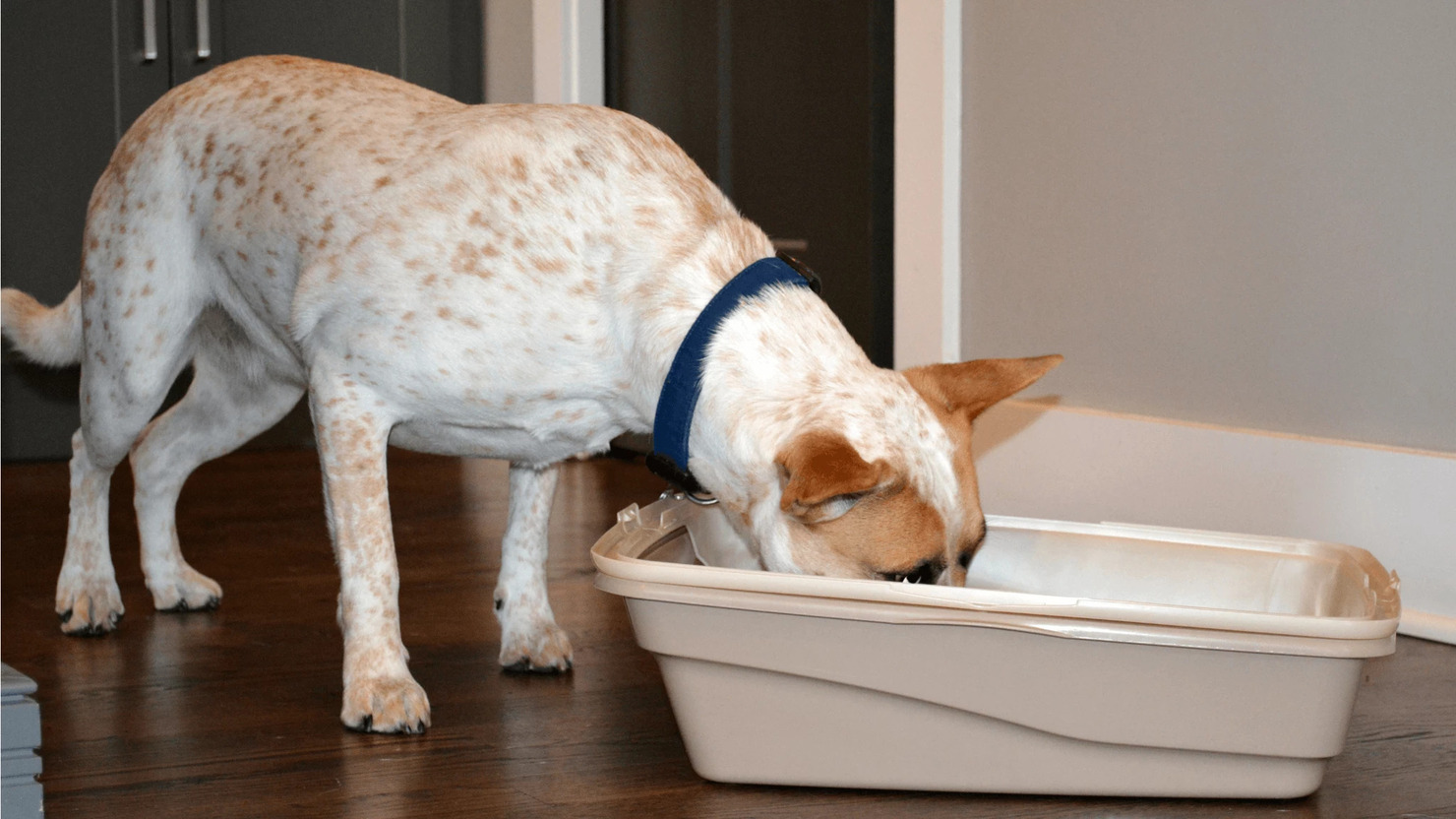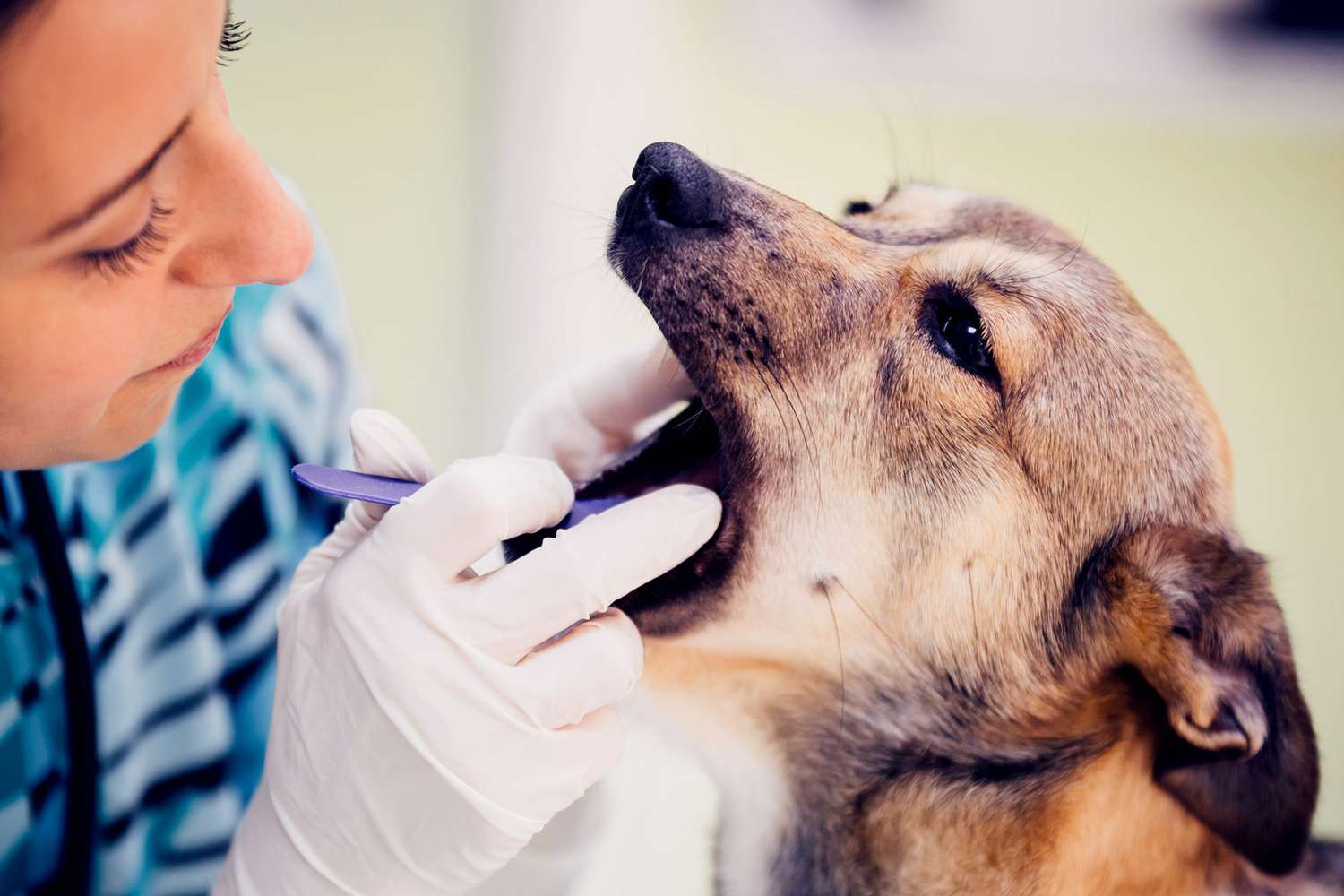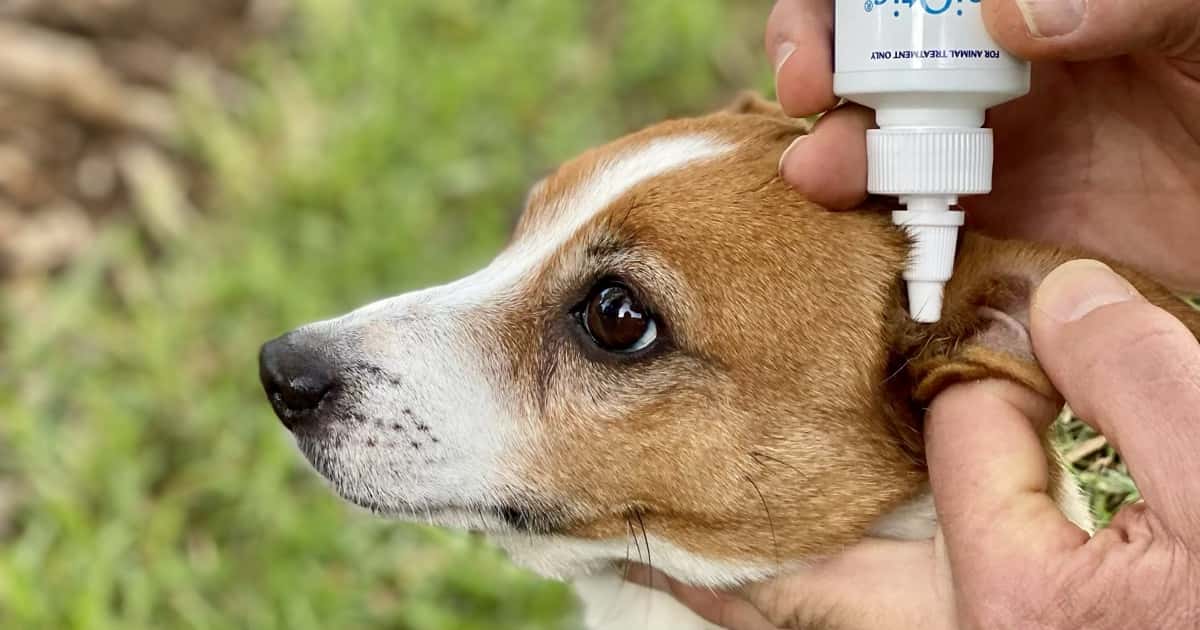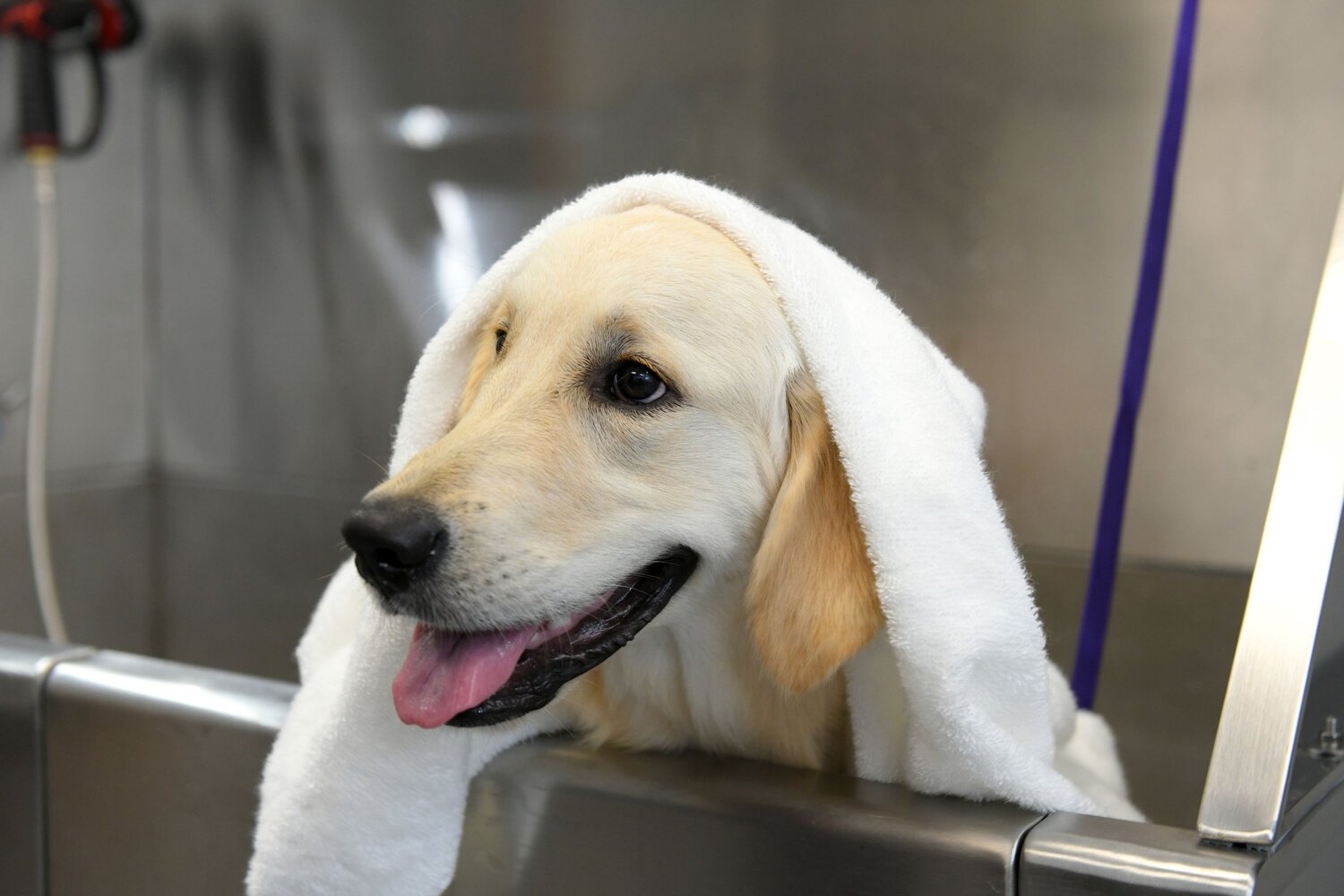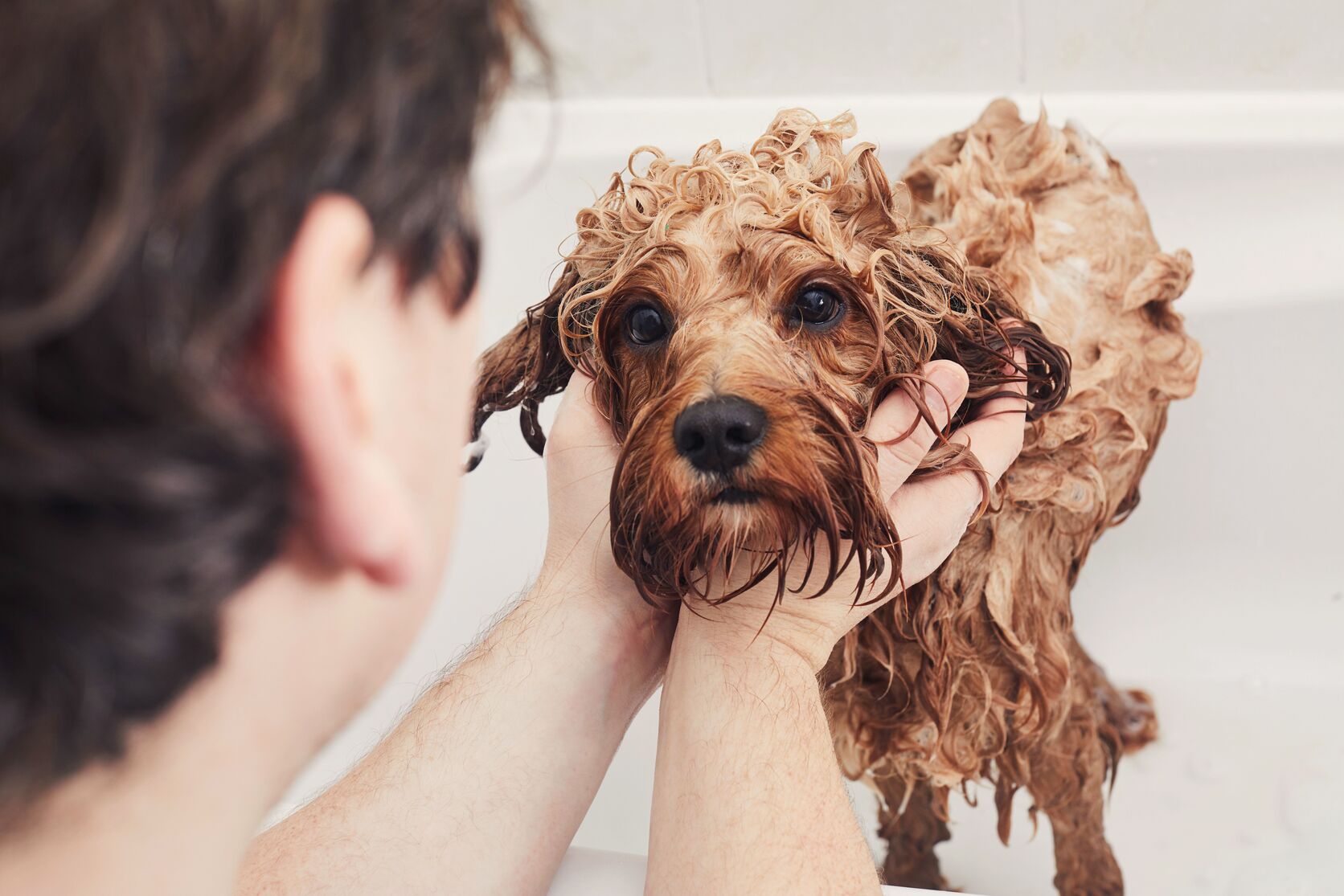Home>Health & Wellness>Common Health Issues>Who Gets More Fleas: Cats Or Dogs


Common Health Issues
Who Gets More Fleas: Cats Or Dogs
Modified: February 21, 2024
Discover the common health issues affecting cats and dogs and find out who is more prone to fleas. Learn how to keep your pets healthy and happy.
(Many of the links in this article redirect to a specific reviewed product. Your purchase of these products through affiliate links helps to generate commission for Pawsomeoldies.com, at no extra cost. Learn more)
Table of Contents
Introduction
Fleas are a common nuisance for both cats and dogs, causing discomfort and potential health issues for our beloved pets. These tiny, wingless parasites thrive by feeding on the blood of their hosts, leading to itching, irritation, and in some cases, allergic reactions. Understanding how fleas affect cats and dogs differently is crucial for effective prevention and treatment.
Fleas are not just a problem for our furry friends; they can also infest our homes, making them a significant concern for pet owners. By gaining insight into the factors that contribute to flea infestations and learning about preventive measures and treatment options, we can better protect our pets and living spaces from these persistent pests.
In the following sections, we will delve into the specifics of flea infestations on cats and dogs, exploring the unique challenges and considerations for each. Additionally, we will examine the factors that influence the prevalence of fleas and discuss proactive strategies to keep our pets and homes free from these pesky parasites. Let's embark on a journey to uncover the nuances of flea infestations and equip ourselves with the knowledge needed to safeguard the well-being of our cherished companions.
Understanding Fleas
Fleas, scientifically known as Siphonaptera, are small, wingless insects that survive by feeding on the blood of mammals and birds. These resilient parasites possess specialized mouthparts designed for piercing the skin and siphoning blood, enabling them to sustain their life cycle. While there are various species of fleas, the most common type affecting cats and dogs is the Ctenocephalides felis, or the cat flea.
These minuscule pests are equipped with powerful hind legs, allowing them to leap impressive distances relative to their size. This remarkable agility enables fleas to move swiftly between hosts, making them adept at infesting multiple animals within a household. Furthermore, fleas have a rapid reproductive cycle, with female fleas capable of laying hundreds of eggs in a short period, perpetuating the infestation.
Fleas thrive in warm and humid environments, making them particularly prevalent during the spring and summer months. These resilient parasites can survive in various habitats, including carpets, bedding, and outdoor areas frequented by pets. Once a flea infestation takes hold, it can be challenging to eradicate, necessitating a comprehensive approach to treatment and prevention.
Understanding the life cycle of fleas is crucial in combatting infestations effectively. Fleas progress through four distinct stages: egg, larva, pupa, and adult. Eggs are laid on the host animal but often fall off onto surrounding surfaces, where they hatch into larvae. These larvae then spin cocoons and enter the pupal stage, from which adult fleas emerge when conditions are favorable.
Fleas pose not only a nuisance to pets but also a potential health risk. Their bites can cause intense itching and discomfort, leading to skin irritation and allergic reactions in some animals. Additionally, fleas can transmit diseases and parasites, posing a threat to the well-being of our beloved pets.
By gaining a comprehensive understanding of fleas and their behavior, we can better equip ourselves to prevent and address infestations effectively. In the subsequent sections, we will explore the specific challenges posed by fleas on cats and dogs, along with strategies for prevention and treatment. Let's delve deeper into the nuances of flea infestations and empower ourselves with the knowledge needed to safeguard the health and happiness of our furry companions.
Fleas on Cats
Fleas pose a significant threat to the well-being of our feline friends, causing discomfort and potential health issues. Cats are particularly susceptible to flea infestations due to their grooming habits and the prevalence of outdoor exploration. When a cat encounters fleas, the consequences can be distressing, leading to incessant scratching, skin irritation, and in severe cases, anemia.
Cats are fastidious groomers, often using their tongues to meticulously clean their fur. While this grooming behavior is essential for maintaining hygiene, it can inadvertently lead to the ingestion of fleas. When a cat ingests fleas during grooming, it can result in the transmission of tapeworms, as fleas are intermediate hosts for these parasites. Therefore, a flea infestation not only causes direct discomfort for cats but also introduces the risk of secondary health issues.
The presence of fleas can trigger allergic reactions in cats, leading to a condition known as flea allergy dermatitis (FAD). Cats suffering from FAD exhibit intense itching, hair loss, and inflamed skin, often requiring veterinary intervention to alleviate their distress. Furthermore, flea bites can serve as entry points for bacterial infections, compounding the health implications of a flea infestation for cats.
Preventing and addressing flea infestations in cats requires a multifaceted approach. Regular grooming and inspection of a cat's fur can aid in the early detection of fleas, enabling prompt intervention. Additionally, using veterinarian-recommended flea prevention products, such as topical treatments or oral medications, can effectively safeguard cats from infestations. It is crucial to select products specifically formulated for cats, as those designed for dogs can contain ingredients that are toxic to felines.
Creating a flea-free environment for cats involves diligent household maintenance. Regular vacuuming of carpets, upholstery, and pet bedding can help eliminate flea eggs and larvae, reducing the likelihood of infestations. Washing bedding and linens in hot water can further aid in eradicating fleas and their offspring. Outdoor areas frequented by cats should also be considered, as fleas can lurk in grassy areas and outdoor shelters.
By understanding the unique challenges posed by fleas on cats and implementing proactive measures, pet owners can effectively protect their feline companions from the discomfort and health risks associated with flea infestations. Through vigilance, regular veterinary care, and a commitment to preventive measures, we can ensure that our beloved cats enjoy a flea-free and comfortable existence.
In the subsequent section, we will explore the specific considerations related to flea infestations on dogs, shedding light on the distinct challenges and preventive strategies for our canine companions. Let's continue our journey to gain comprehensive insights into safeguarding the well-being of our pets.
Fleas on Dogs
Fleas pose a significant threat to the well-being of our canine companions, causing discomfort and potential health issues. Dogs, with their affinity for outdoor activities and social interactions, are particularly susceptible to flea infestations. When a dog becomes infested with fleas, the consequences can be distressing, leading to incessant scratching, skin irritation, and in severe cases, anemia.
Dogs, especially those with thick coats, provide an ideal environment for fleas to thrive. The dense fur provides ample hiding places for fleas, making it challenging to detect and address infestations promptly. Additionally, dogs' penchant for exploring outdoor environments exposes them to potential flea habitats, such as grassy areas, parks, and wooded trails. As a result, dogs are at an increased risk of encountering fleas during their outdoor adventures.
Flea infestations can have a profound impact on a dog's well-being. The constant itching and discomfort caused by flea bites can lead to skin inflammation and secondary infections. Moreover, dogs suffering from flea allergy dermatitis (FAD) may experience severe allergic reactions, exacerbating their distress. In cases of severe infestations, particularly in young or elderly dogs, fleas can cause anemia due to the loss of blood, posing a serious health risk.
Preventing and addressing flea infestations in dogs requires a comprehensive approach. Regular grooming and inspection of a dog's coat are essential for detecting fleas and initiating prompt treatment. Using veterinarian-recommended flea prevention products, such as topical treatments, oral medications, or flea collars, can effectively protect dogs from infestations. It is crucial to select products specifically formulated for dogs, as those designed for cats or other animals may contain ingredients that are harmful to canines.
Maintaining a flea-free environment for dogs involves diligent household and outdoor maintenance. Regular vacuuming of carpets, upholstery, and pet bedding can help eliminate flea eggs and larvae, reducing the risk of infestations. Washing a dog's bedding and toys in hot water can aid in eradicating fleas and preventing reinfestation. Outdoor areas frequented by dogs, such as yards and walking paths, should be inspected and treated to minimize flea habitats.
By understanding the unique challenges posed by fleas on dogs and implementing proactive measures, pet owners can effectively protect their canine companions from the discomfort and health risks associated with flea infestations. Through vigilance, regular veterinary care, and a commitment to preventive measures, we can ensure that our beloved dogs enjoy a flea-free and comfortable existence.
In the subsequent sections, we will explore the factors influencing flea infestations and delve into preventive and treatment strategies to safeguard the well-being of our pets. Let's continue our journey to gain comprehensive insights into protecting our cherished companions from the persistent threat of fleas.
Factors Affecting Flea Infestation
Several factors contribute to the prevalence and severity of flea infestations, influencing the likelihood of pets being affected and the challenges associated with eradicating fleas from the environment. Understanding these factors is crucial for implementing effective preventive measures and treatment strategies.
-
Climate and Seasonality: Fleas thrive in warm and humid environments, with their population peaking during the spring and summer months. Regions with mild winters may experience year-round flea activity, posing a persistent threat to pets. Additionally, fluctuations in temperature and humidity can impact the developmental stages of fleas, affecting their life cycle and infestation patterns.
-
Pet Behavior and Lifestyle: The activities and habits of pets play a significant role in their susceptibility to flea infestations. Outdoor exploration exposes pets to potential flea habitats, such as grassy areas, parks, and wooded trails. Social interactions with other animals can also facilitate the transmission of fleas. Furthermore, pets with thick coats provide ideal hiding places for fleas, making early detection and grooming essential for preventing infestations.
-
Household Environment: The cleanliness and maintenance of the household environment directly influence the prevalence of fleas. Carpets, upholstery, and pet bedding serve as potential breeding grounds for fleas, especially in areas frequented by pets. Regular vacuuming, washing of bedding, and outdoor area maintenance are crucial for minimizing flea habitats and preventing infestations.
-
Preventive Measures: The consistent use of veterinarian-recommended flea prevention products is instrumental in mitigating infestations. Topical treatments, oral medications, and flea collars designed for specific pet species can effectively protect pets from fleas. However, the efficacy of preventive measures is contingent on adherence to recommended application schedules and product selection based on pet characteristics.
-
Wildlife and Feral Animals: The presence of wildlife and feral animals in the vicinity can contribute to flea infestations. These animals may serve as reservoirs for fleas, introducing them into the environment and increasing the risk of transmission to domestic pets. Proactive measures to deter wildlife and feral animals from accessing residential areas can help minimize the likelihood of flea infestations.
By considering these factors and their implications, pet owners can proactively address the challenges posed by flea infestations. Implementing a comprehensive approach that encompasses environmental management, preventive measures, and regular pet care can significantly reduce the risk of infestations and safeguard the well-being of beloved pets.
Read more: How To Get Rid Of Fleas On My Cat And Dog
Prevention and Treatment
Preventing and addressing flea infestations in pets requires a proactive and multifaceted approach, encompassing preventive measures and effective treatment strategies. By implementing comprehensive preventive practices and utilizing appropriate treatment options, pet owners can safeguard their beloved companions from the discomfort and health risks associated with fleas.
Prevention
-
Regular Grooming and Inspection: Consistent grooming and thorough inspection of pets' fur are essential for early detection of fleas. This practice allows pet owners to identify potential infestations and promptly initiate treatment. Additionally, grooming aids in the removal of flea dirt and debris, reducing the risk of skin irritation and allergic reactions.
-
Veterinarian-Recommended Flea Prevention Products: Utilizing veterinarian-recommended flea prevention products, such as topical treatments, oral medications, or flea collars, is instrumental in protecting pets from infestations. These products are formulated to target fleas while ensuring the safety and well-being of the animals. It is crucial to select products tailored to the specific species and characteristics of the pets, as using the wrong products can pose health risks.
-
Environmental Maintenance: Diligent household maintenance, including regular vacuuming of carpets, upholstery, and pet bedding, is crucial for minimizing flea habitats. Washing bedding and linens in hot water can aid in eradicating fleas and preventing reinfestation. Outdoor areas frequented by pets should also be inspected and treated to minimize flea populations.
-
Wildlife and Pest Control: Proactive measures to deter wildlife and feral animals from accessing residential areas can help minimize the introduction of fleas into the environment. Additionally, implementing pest control measures, such as treating outdoor spaces and potential flea habitats, can reduce the risk of infestations.
Treatment
-
Veterinary Intervention: In cases of severe flea infestations or when pets exhibit signs of flea-related health issues, seeking veterinary intervention is crucial. Veterinarians can provide tailored treatment plans, including prescription medications and topical treatments, to address existing infestations and alleviate pets' discomfort.
-
Environmental Treatment: Treating the household environment for fleas is essential for comprehensive infestation management. Utilizing pet-safe flea control products designed for indoor use can help eliminate fleas at various life stages, preventing reinfestation and interrupting the flea life cycle.
-
Consistent Monitoring and Follow-Up: After initiating treatment, consistent monitoring of pets and the household environment is necessary to ensure the effectiveness of the intervention. Follow-up treatments and preventive measures should be implemented as recommended by veterinarians to maintain a flea-free environment and protect pets from future infestations.
By integrating these preventive and treatment measures into their pet care routines, pet owners can effectively combat flea infestations and create a comfortable and safe environment for their cherished companions. Through proactive management and adherence to veterinary guidance, the well-being of pets can be safeguarded from the persistent threat of fleas.
Conclusion
In conclusion, understanding the nuances of flea infestations on cats and dogs is essential for pet owners seeking to protect their beloved companions from the discomfort and health risks associated with these persistent parasites. Fleas pose a significant threat to the well-being of pets, causing itching, skin irritation, and in severe cases, potential health complications. By gaining comprehensive insights into the factors influencing flea infestations and implementing proactive preventive measures and treatment strategies, pet owners can effectively combat the challenges posed by fleas.
The unique challenges presented by fleas on cats and dogs highlight the importance of tailored preventive practices and vigilant pet care. Cats, with their fastidious grooming habits and susceptibility to flea allergy dermatitis, require meticulous attention to grooming, regular inspection, and the use of veterinarian-recommended flea prevention products specifically formulated for felines. Similarly, dogs, with their outdoor inclinations and dense coats, necessitate consistent grooming, environmental maintenance, and the application of pet-safe flea prevention products designed for canines.
Factors such as climate and seasonality, pet behavior and lifestyle, household environment, preventive measures, and the presence of wildlife and feral animals significantly influence the prevalence and severity of flea infestations. By considering these factors and their implications, pet owners can proactively address the challenges posed by fleas, creating a comfortable and safe environment for their cherished companions.
Preventive measures, including regular grooming and inspection, the use of veterinarian-recommended flea prevention products, environmental maintenance, and wildlife and pest control, are instrumental in mitigating the risk of flea infestations. Additionally, effective treatment strategies, such as veterinary intervention, environmental treatment, and consistent monitoring and follow-up, are essential for addressing existing infestations and preventing reoccurrence.
By integrating these preventive and treatment measures into their pet care routines, pet owners can effectively combat flea infestations and ensure the well-being of their cherished companions. Through proactive management and adherence to veterinary guidance, pets can enjoy a flea-free and comfortable existence, fostering a harmonious and fulfilling bond between pets and their owners.



